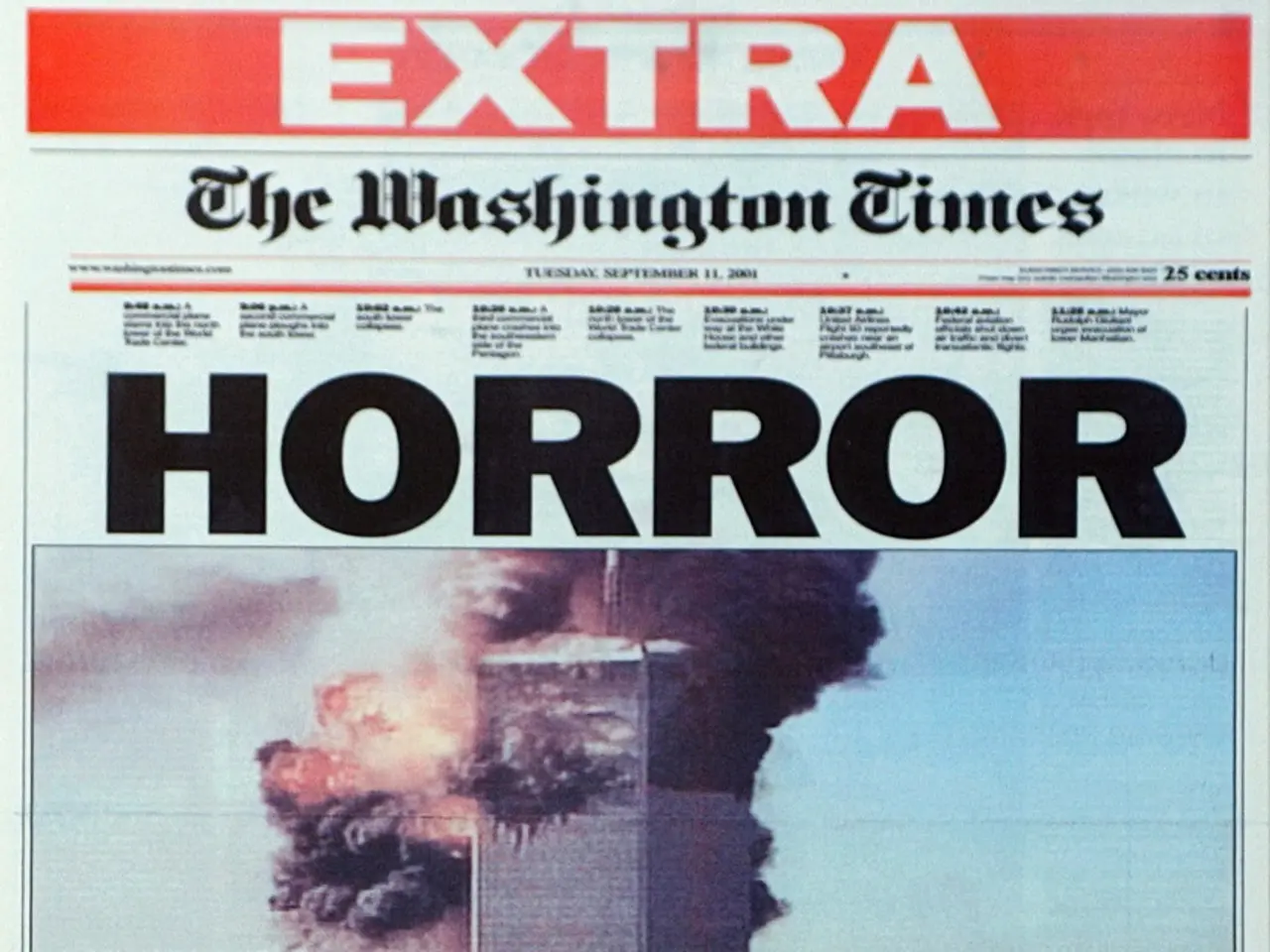Cinematic Dynamics, or Motion Picture Trends
The Polish Film School, a groundbreaking film movement, emerged in the 1950s and left an indelible mark on world cinema. This significant period, spanning from 1955 to 1963, saw the birth of a unique cinematic language that combined historical inquiry with artistic experimentation.
During this time, filmmakers in Poland turned away from the imposed socialist realist conventions, opting instead for a more complex and ambiguous approach. The Polish Film School focused on the intricacies of Polish history and society, particularly the aftermath of World War II.
Key characteristics of the Polish Film School included exploration of national identity, heroism, and trauma through personal and historical narratives. Symbolic and allegorical storytelling was common, often with tragic or ironic tones. The movement also challenged official communist ideology and propaganda by addressing historical truths and ethical dilemmas.
Stylistically, the Polish Film School balanced documentary-like realism with poetic and expressive cinematic techniques. This innovative approach was a stark contrast to the mainstream Bollywood cinema that dominated the time.
Notable contributors to the Polish Film School included directors such as Andrzej Wajda and Andrzej Munk. Wajda's film, Ashes and Diamonds (1958), critically explored the moral complexities of war and its aftermath. The movement's films played a crucial role in shaping post-war Polish cinema and influenced international cinematic art by presenting a nuanced, introspective view of history and identity.
The development of the "montage," influenced by Soviet Montage theory, also impacted the Polish Film School. This theory, first proposed by director Lev Kuleshov in the 1920s, posits that an idea or emotion might not be adequately expressed in a single frame, and that two distinct images can be seen by the audience, who subconsciously assigns them a larger context.
The Polish Film School's influence can still be seen in modern film, particularly in movements like Parallel Cinema, which originated in India in the 1950s and responded to the dominance of mainstream cinema by focusing on realism, social commentary, and experimental storytelling.
In conclusion, the Polish Film School was a pivotal movement in post-war cinema, pioneering a new cinematic language in Poland and solidifying its reputation in world cinema during the late 1950s and early 1960s. Despite the lack of direct references in the provided search results, the movement's impact on film history is undeniable.
The enthralling Polish Film School, a significant film movement, crafted its own distinctive style within the realm of entertainment during the 1950s. By revolting against the imposed socialist realist conventions and concentrating on the intricacies of Polish history and society, particularly the aftermath of World War II, they helped shape a new cinematic language, influencing subsequent movements like Parallel Cinema.








